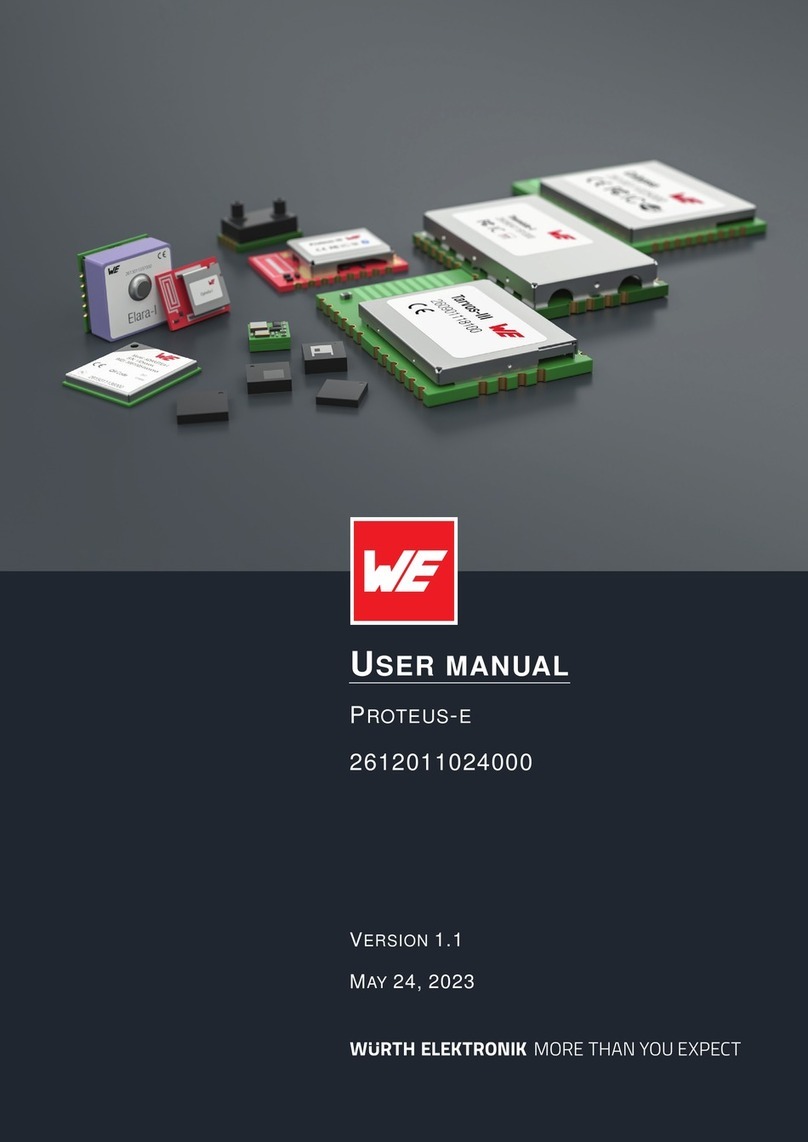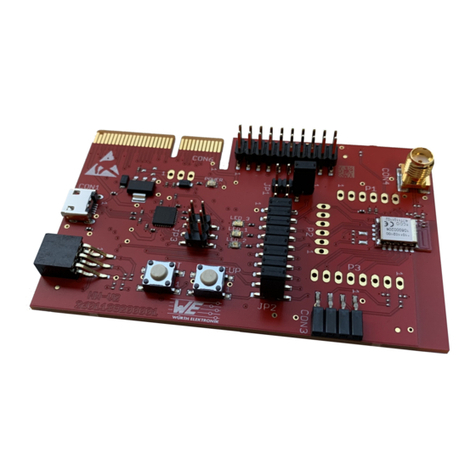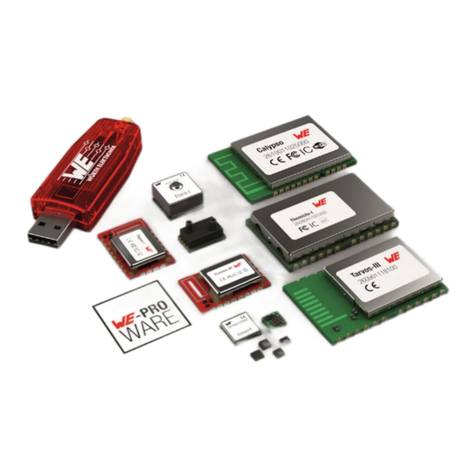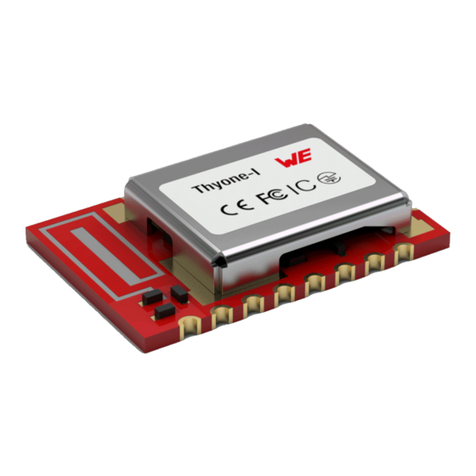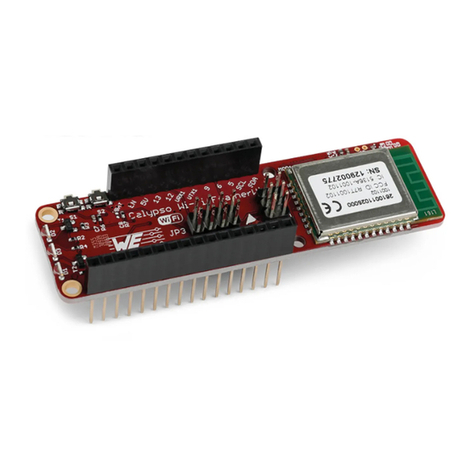
Contents
1 Introduction 5
2 Prerequisites 5
3 Bluetooth profiles 5
4 AMBER SPP-like profile 6
4.1 Generic Access Protocol (GAP) . . . . . . . . . . . . . . . . . . . . . . . . . 6
4.2 Generic Attribute Profile (GATT) . . . . . . . . . . . . . . . . . . . . . . . . . 7
4.2.1 Data length extension . . . . . . . . . . . . . . . . . . . . . . . . . . 7
4.2.2 Companyidentifier ........................... 7
4.2.3 UUID................................... 7
4.2.4 PrimaryService............................. 8
4.2.4.1 Characteristics . . . . . . . . . . . . . . . . . . . . . . . . . . . 8
4.3 BLEpacketcontent................................ 8
4.3.1 RF-Packetformat ............................ 8
4.3.2 Advertising packet content . . . . . . . . . . . . . . . . . . . . . . . 9
4.3.3 Scan response packet content . . . . . . . . . . . . . . . . . . . . . 9
5 App development 10
5.1 Connection setup message charts . . . . . . . . . . . . . . . . . . . . . . . 10
5.1.1 No security and authentication . . . . . . . . . . . . . . . . . . . . . 10
5.1.2 Justworkspairing............................ 10
5.1.3 Static pass key pairing . . . . . . . . . . . . . . . . . . . . . . . . . 11
5.2 Bonding development hints . . . . . . . . . . . . . . . . . . . . . . . . . . . 13
5.3 Nordic BLE UART example app as base . . . . . . . . . . . . . . . . . . . . 13
6 Custom firmware development 15
6.1 Custom firmware services of Würth Elektronik eiSos . . . . . . . . . . . . . 16
6.2 Important information for custom firmware development . . . . . . . . . . . 16
6.2.1 How to adapt Nordic Semiconductor SDK examples to run on the
Proteus-IIhardware?.......................... 19
6.2.2 Firmware development hints . . . . . . . . . . . . . . . . . . . . . . 21
7 Important notes 23
7.1 General customer responsibility . . . . . . . . . . . . . . . . . . . . . . . . . 23
7.2 Customer responsibility related to specific, in particular safety-relevant ap-
plications ..................................... 23
7.3 Best care and attention . . . . . . . . . . . . . . . . . . . . . . . . . . . . . 23
7.4 Customer support for product specifications . . . . . . . . . . . . . . . . . . 23
7.5 Productimprovements.............................. 24
7.6 Productlifecycle ................................. 24
7.7 Propertyrights .................................. 24
7.8 General terms and conditions . . . . . . . . . . . . . . . . . . . . . . . . . . 24
8 Legal notice 25
8.1 Exclusionofliability................................ 25
8.2 Suitability in customer applications . . . . . . . . . . . . . . . . . . . . . . . 25
ANR005 Proteus-II version 1.1 © June 2019
www.we-online.com/wireless-connectivity 3
